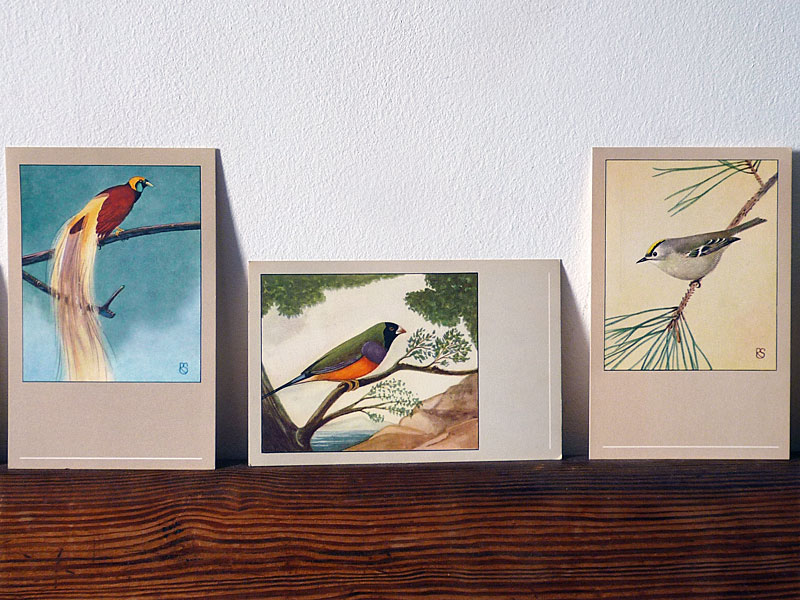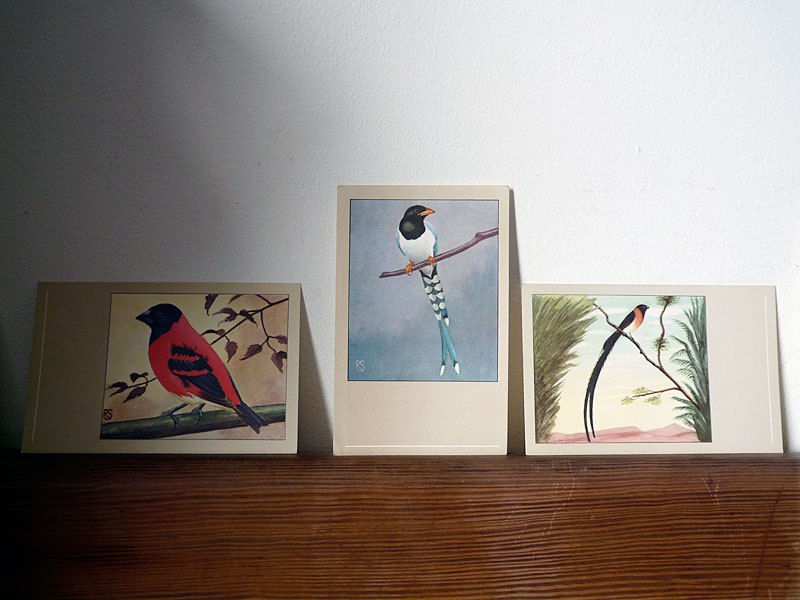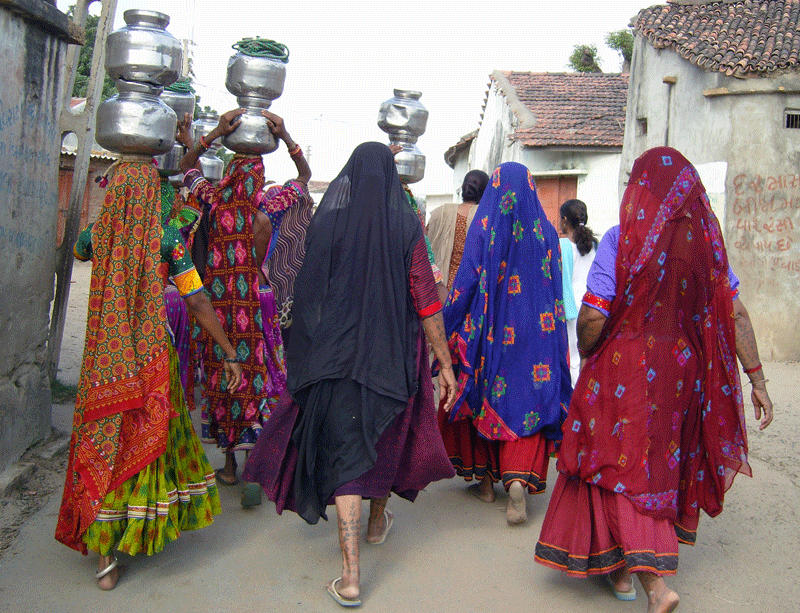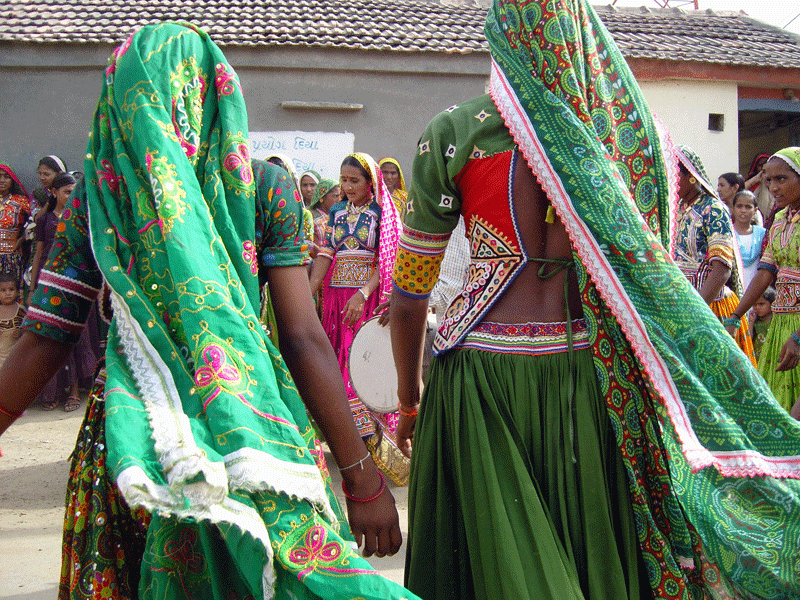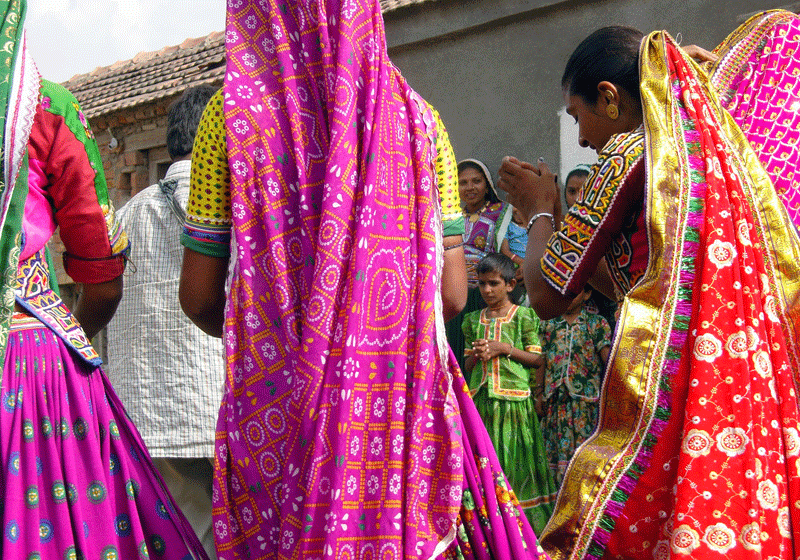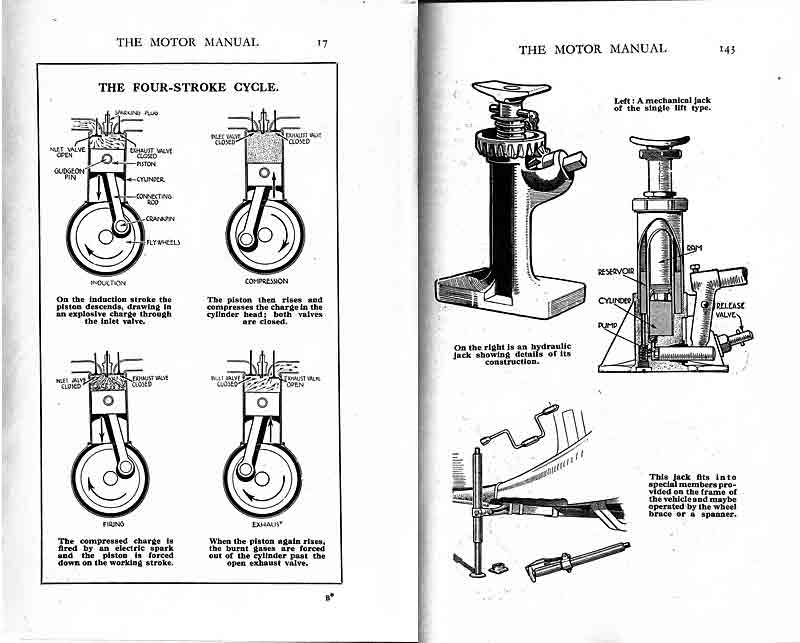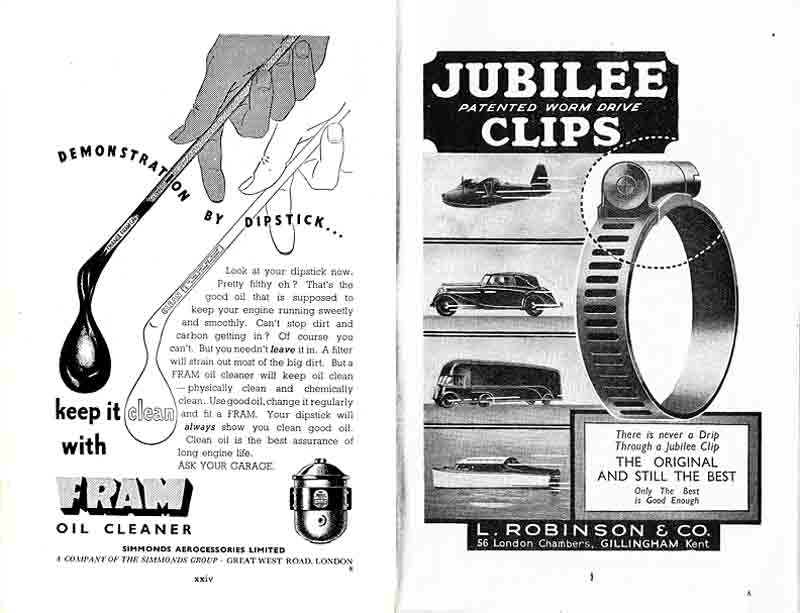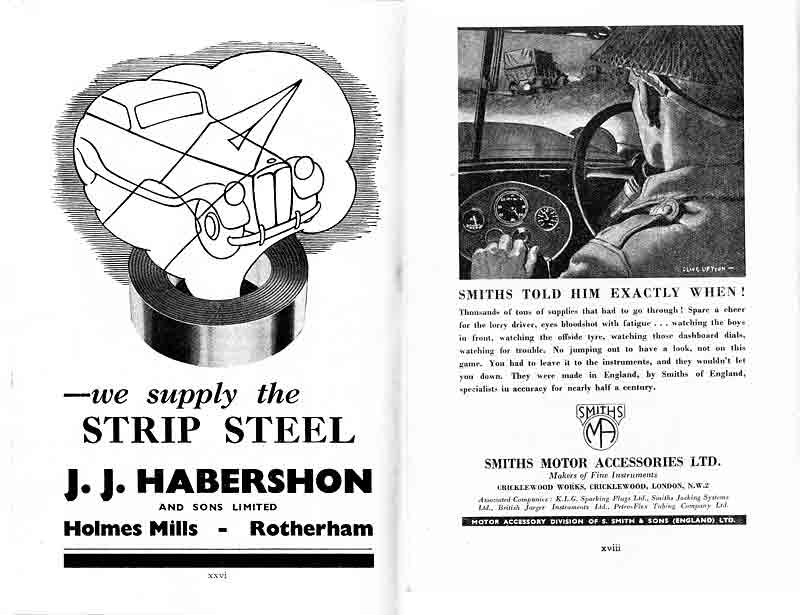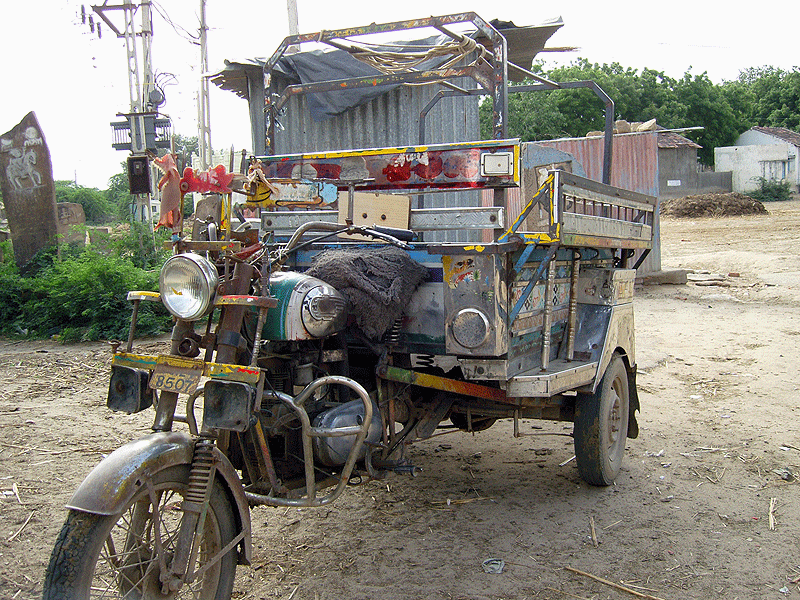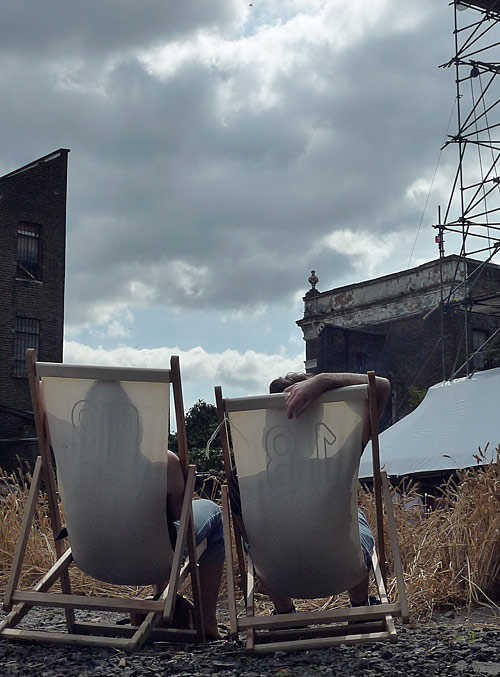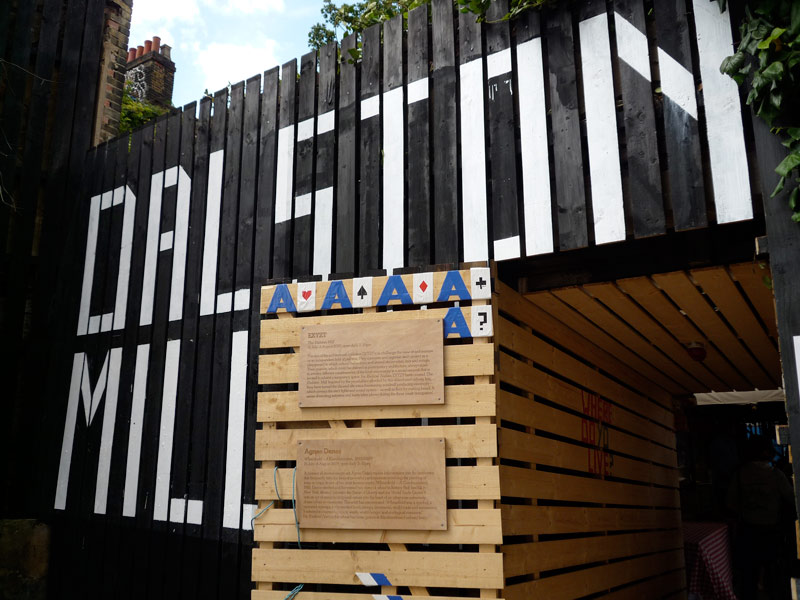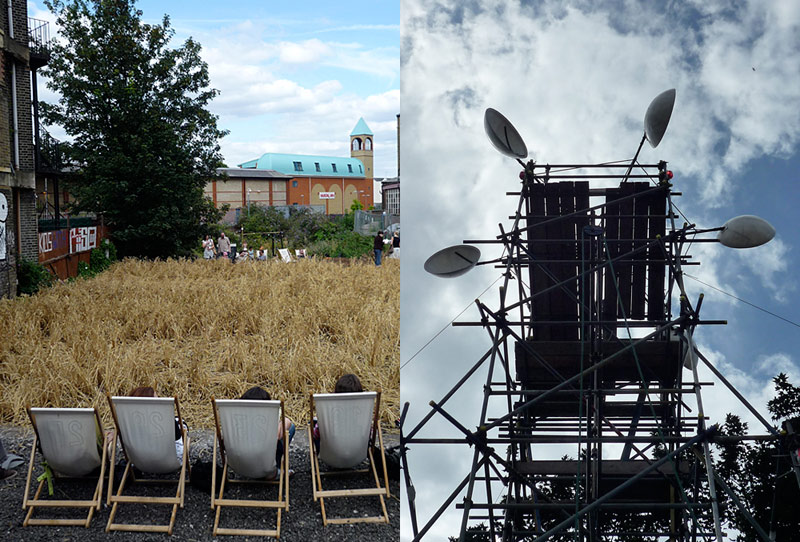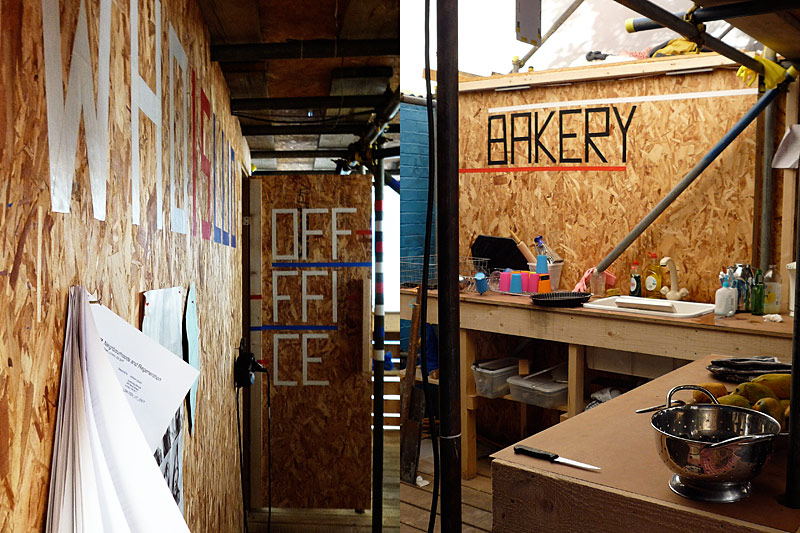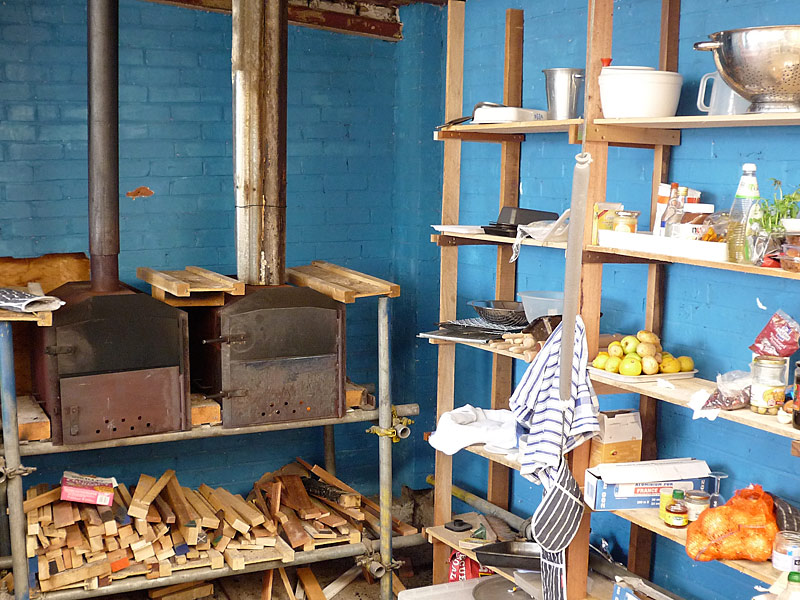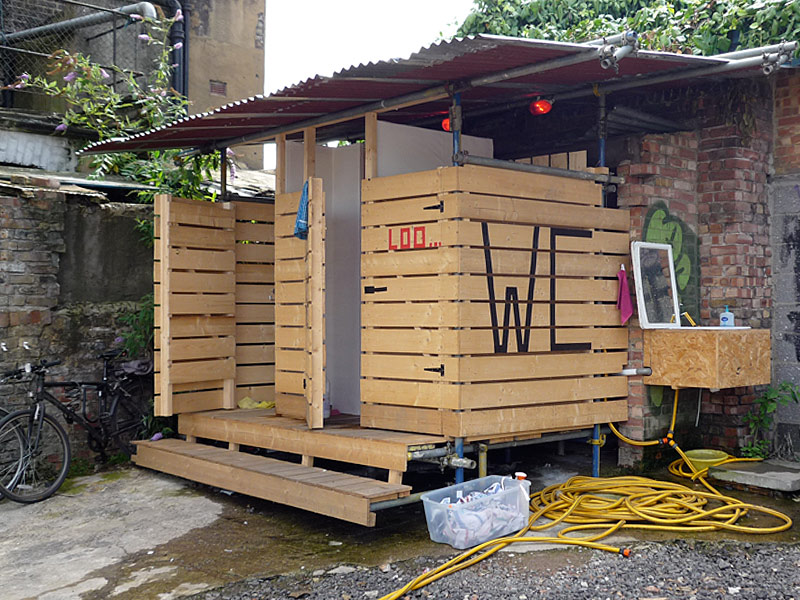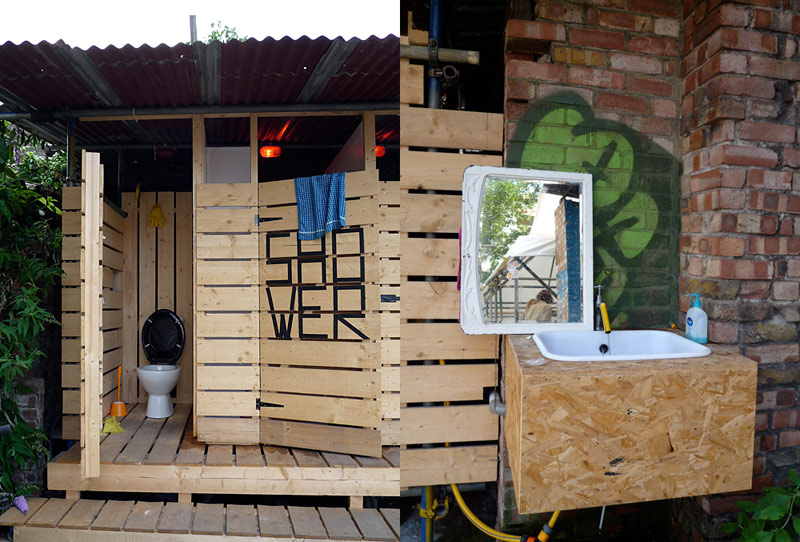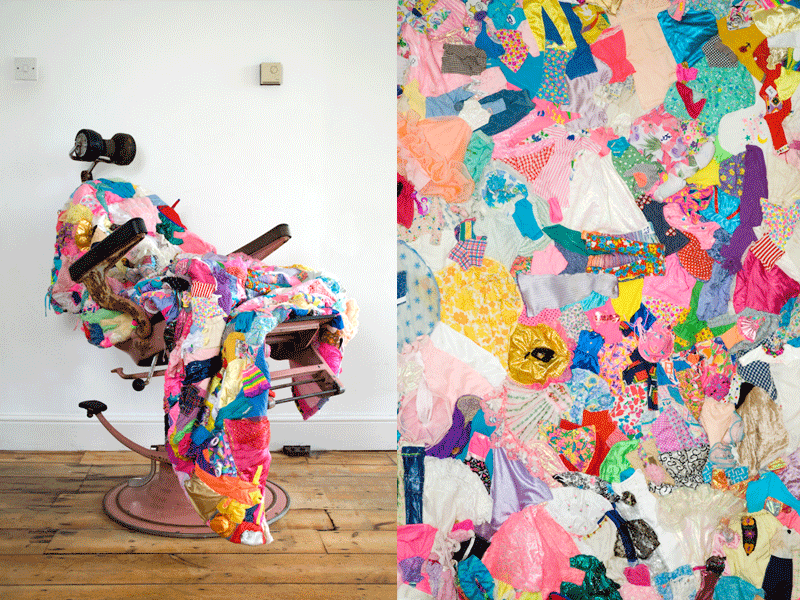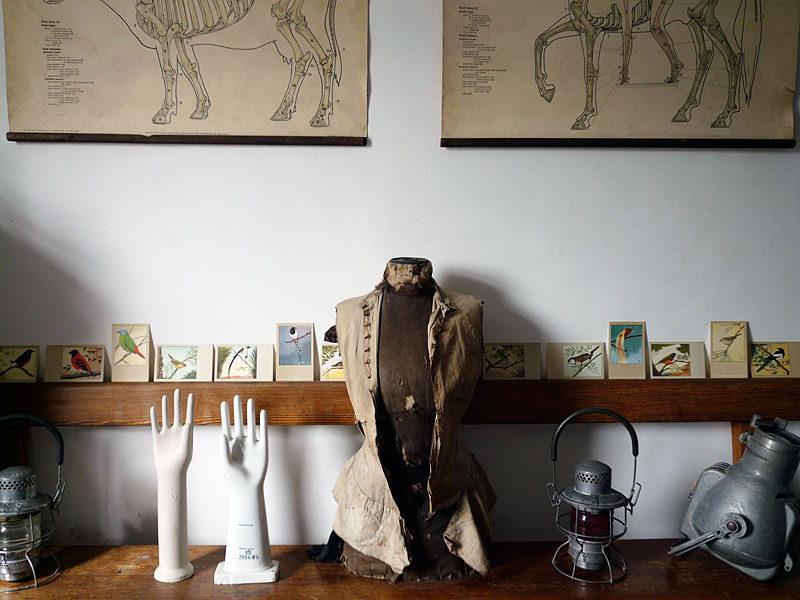
Saturday, 29 August 2009
Play and Display

Wednesday, 26 August 2009
Monday, 24 August 2009
40's Denim - Unparalleled Style
Sunday, 23 August 2009
Work In Progress

The design was inspired by the work of Kocuben, (you can see her at the end of this video) when I first came here back in March, I asked her to show me all the different stitches she knew how to do. When they I showed the small sample to a friend back home she commented that it was a design in itself. Hence upon my return a few weeks ago we set about producing this design. We will make placemats, napkins, cushion covers and this quilt the embroidery for which will take 6 or so women a week to embroider, it will then lined and stitched all through with running stitches! Products available early next year. Watch this space !
Thursday, 20 August 2009
Illustrated book of the week - The Motor Manual
Tuesday, 18 August 2009
Sunday, 16 August 2009
The Celebrated Double Ikat Weavers of Patan
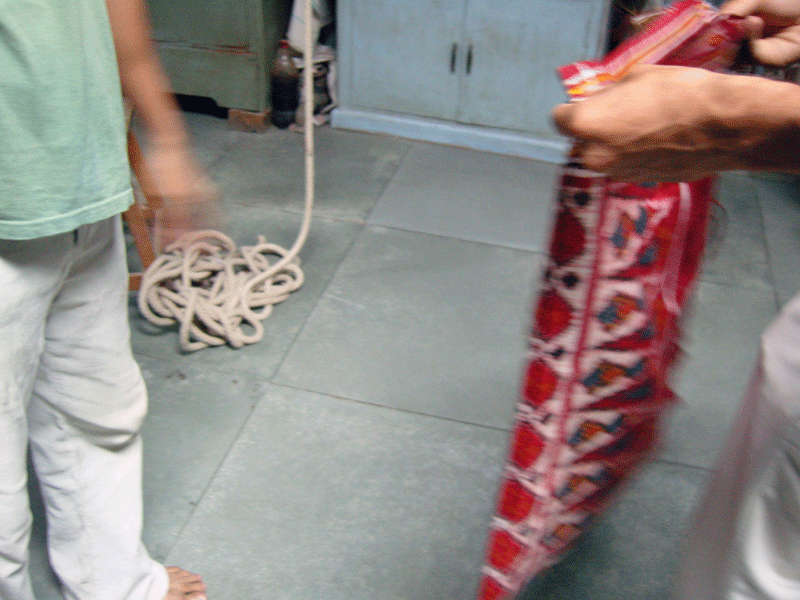
The fabric you are about to see took three and a half years to make, and so the creators tell me it will never be done again. If these men lived in Japan they would surely be declared living national treasures. They are certainly well honoured here in India and internationally.
Their workshop is on the pilgrimage route of any self respecting textile enthusiast, and as the visitors book proves they have regularly and enthusiastically welcomed guests from all over the world since the 1940’s.
I was greeted by the youngest member of the family who gave me a very comprehensive explanation of their work in excellent English. Their family has been weaving in the same spot since the 12th century, when legend says that King Kumarpal invited 700 families of Patola weavers to settle in Patan.
Today they are the last family in the area to weave using this age old technique. Every aspect of the cloth is created in their studio, from the point when the un-spun silk arrives from China, to the finished woven cloth. The dying process takes the longest. Both the warp and weft threads are tie-dyed, in many cases several times - each time moving the ties to create the often complex motif.
With each woven fabric (which are generally wedding saris) taking 4 to 6 months to make, there is no question of buying off the peg! If you would like to order now you will have to wait around 6 years.
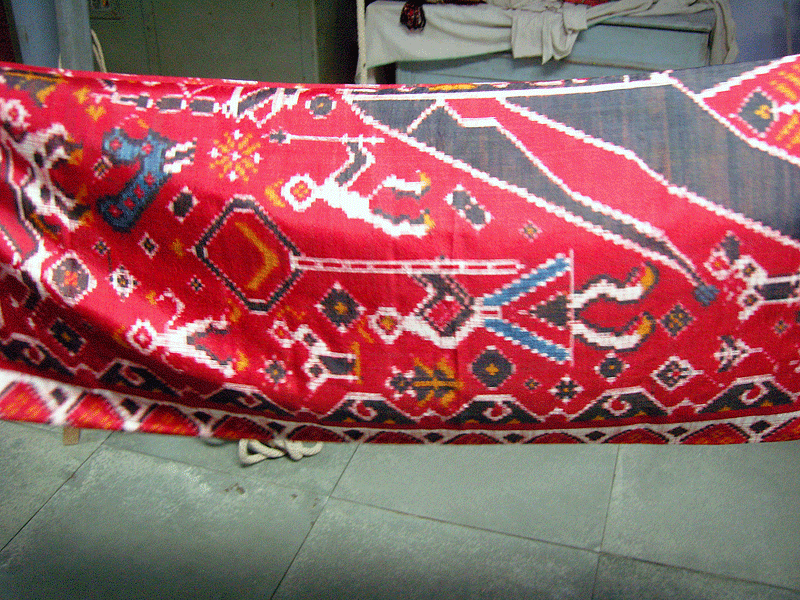

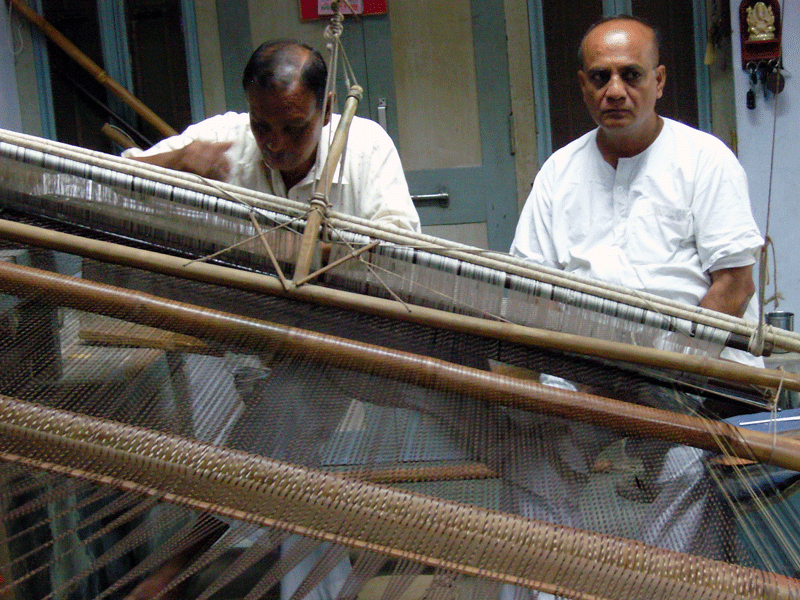
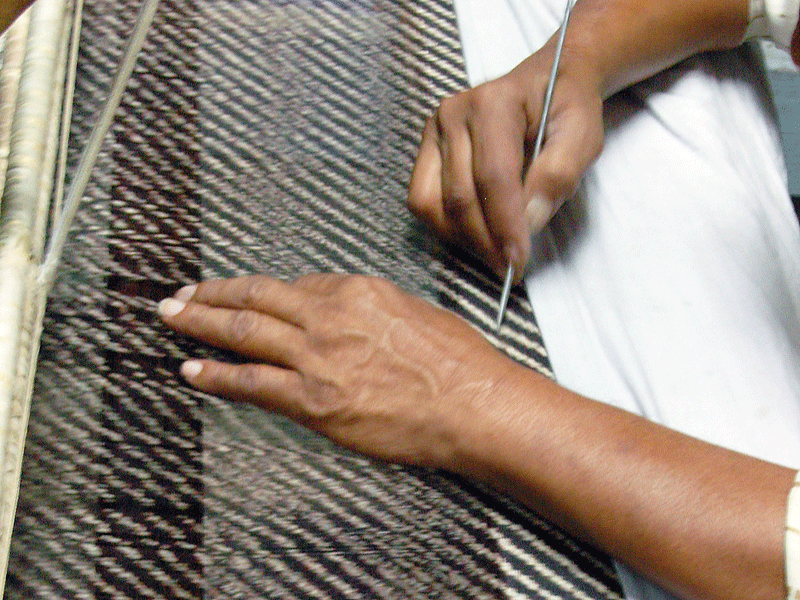


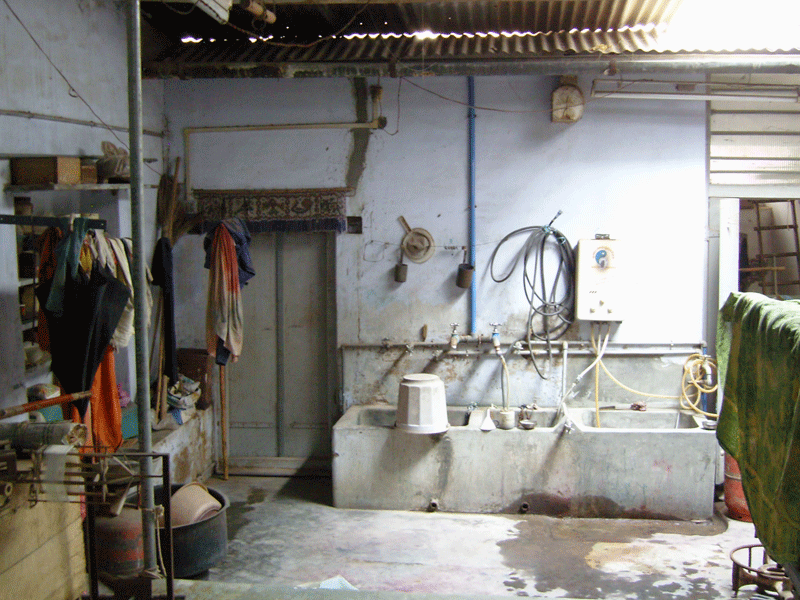
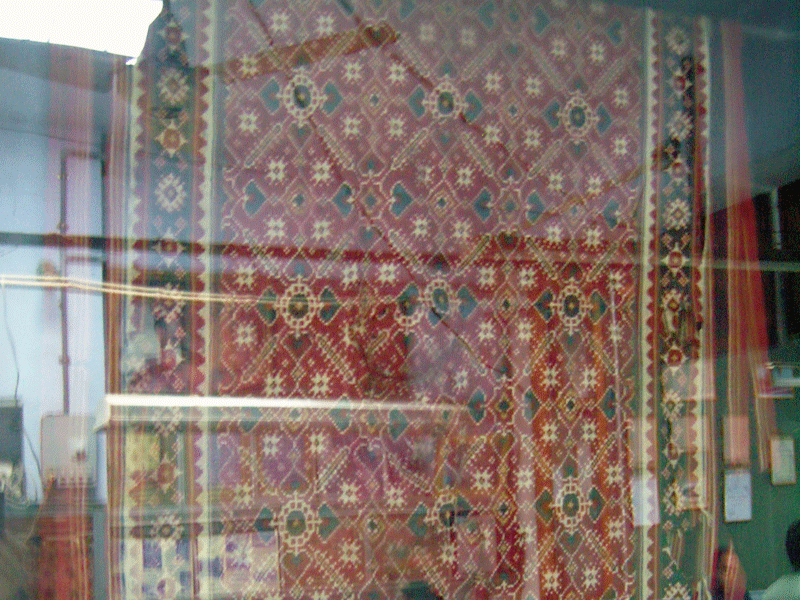
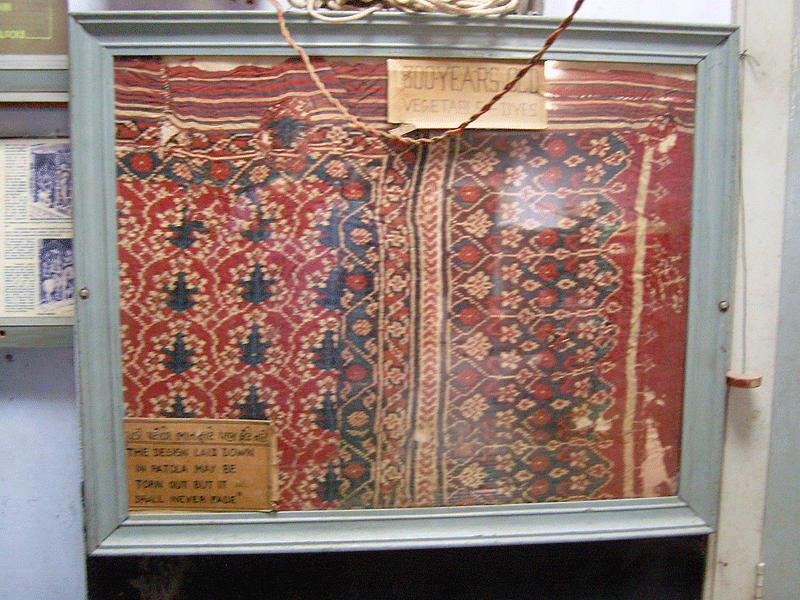
800 year old vegetable dye 'the design laid down in patola may be torn but it shall never fade'
for more information www.patanpatola.com
Saturday, 15 August 2009
Dalston Mill - A Local Event for Local People
Tuesday, 11 August 2009
Ganeshville

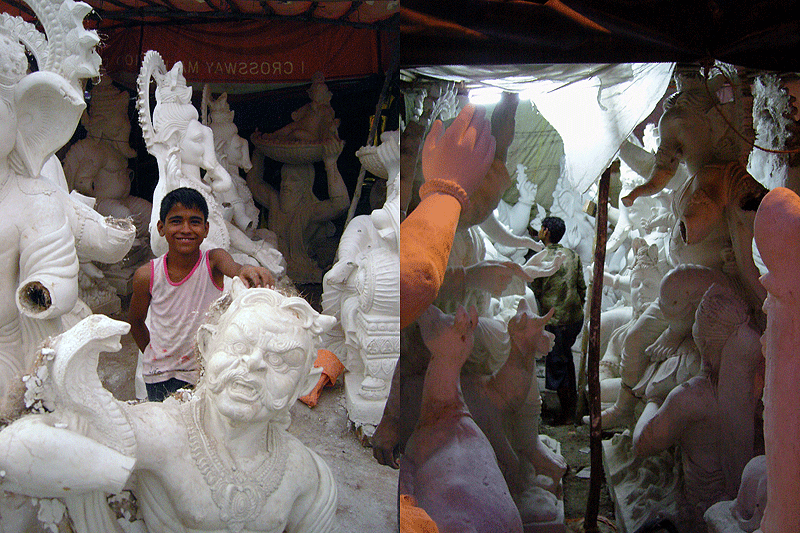
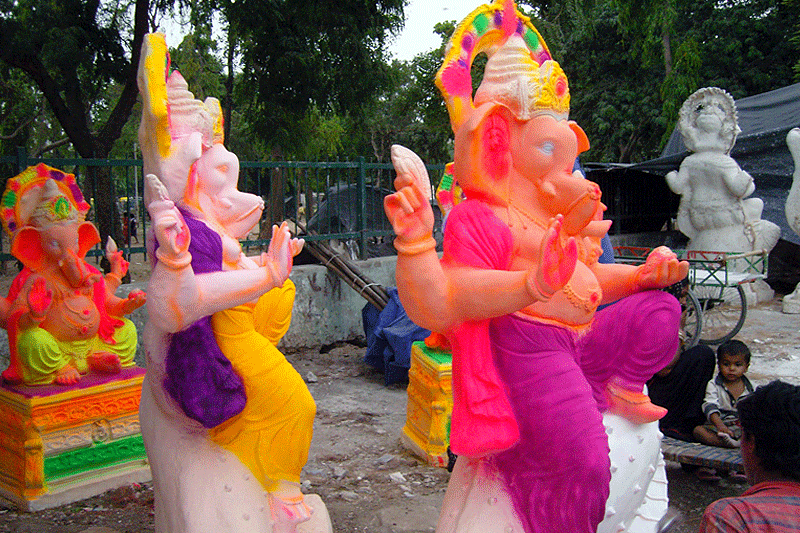
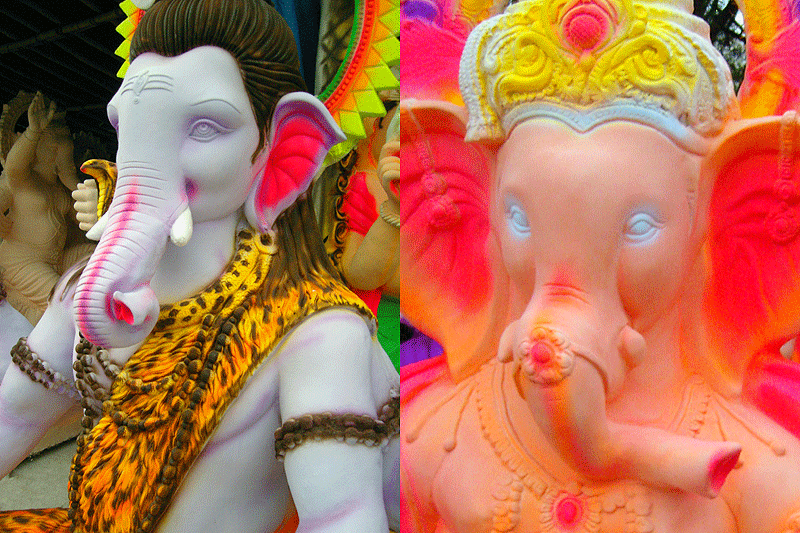


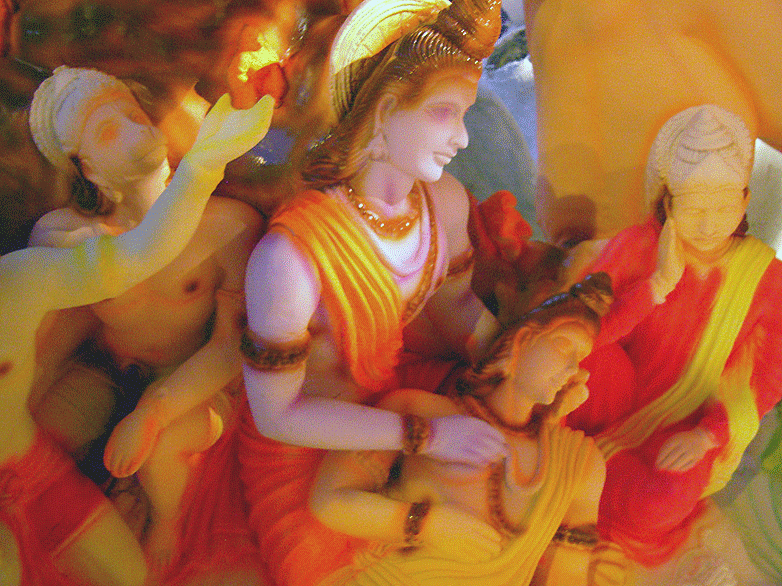
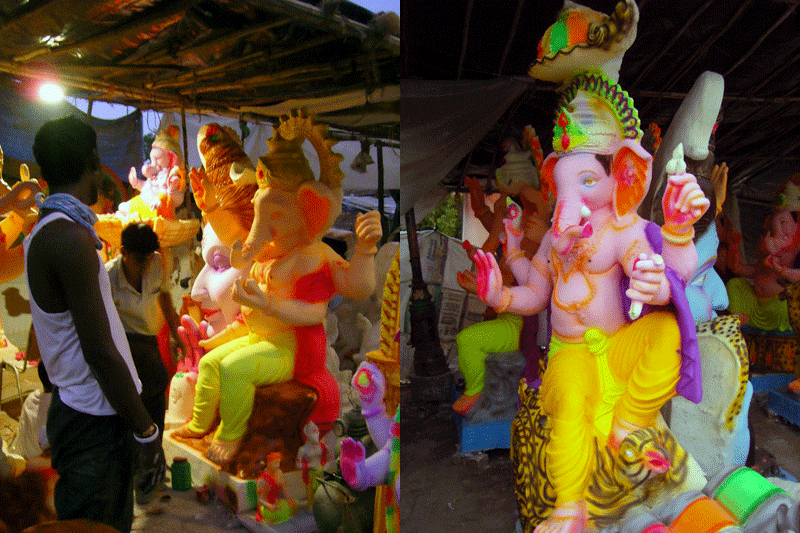

Thursday, 6 August 2009
Katherine May - Crazy Quilts
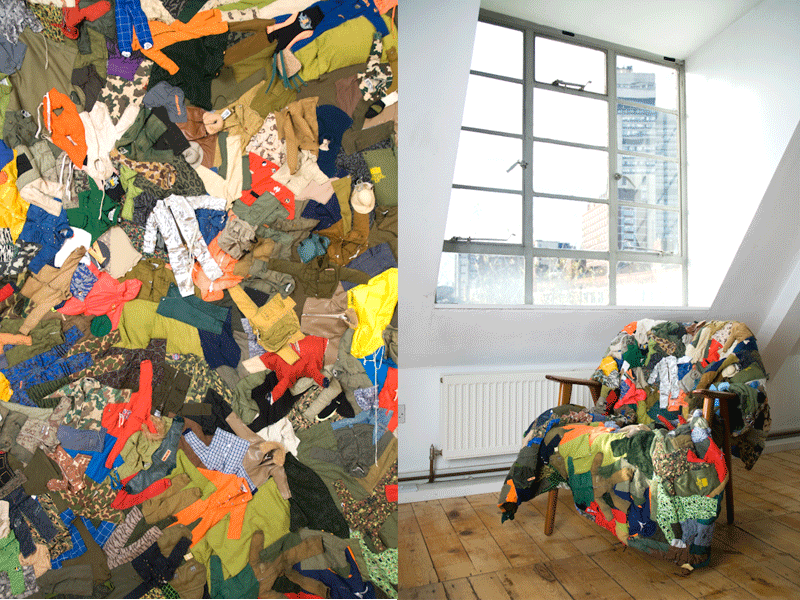
Labels
- 'Accidental Art'
- Accidental Art
- Architecture
- Art and Artists
- Book of the Week
- Ceramics
- Clothes
- Colour Combinations
- Craftspeople
- design
- Eyecharts
- Fashion
- Flora and Fauna
- Folk Art
- Furniture
- Glorious Food
- Graphic Design
- Great Faces
- Hair and Make-up
- Helpful Hints
- Home Sweet Home
- Illustration
- Inspiring Places
- Interior Design
- Kids Stuff
- Magazines
- Magnificent Smut
- Medieval Books
- naive art
- On The Web
- Photography
- Plaid
- Sculpture
- Self Promotion
- Self Promotion theatre
- Shop Displays
- street art
- Textiles
- The Ellis-Jayne Library of Esoterica
- Toys
- travel
- Typography
- Vintage Goodies

